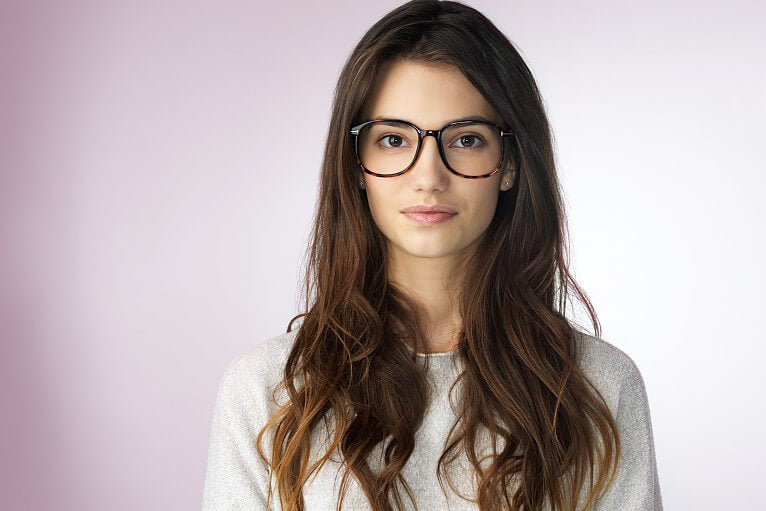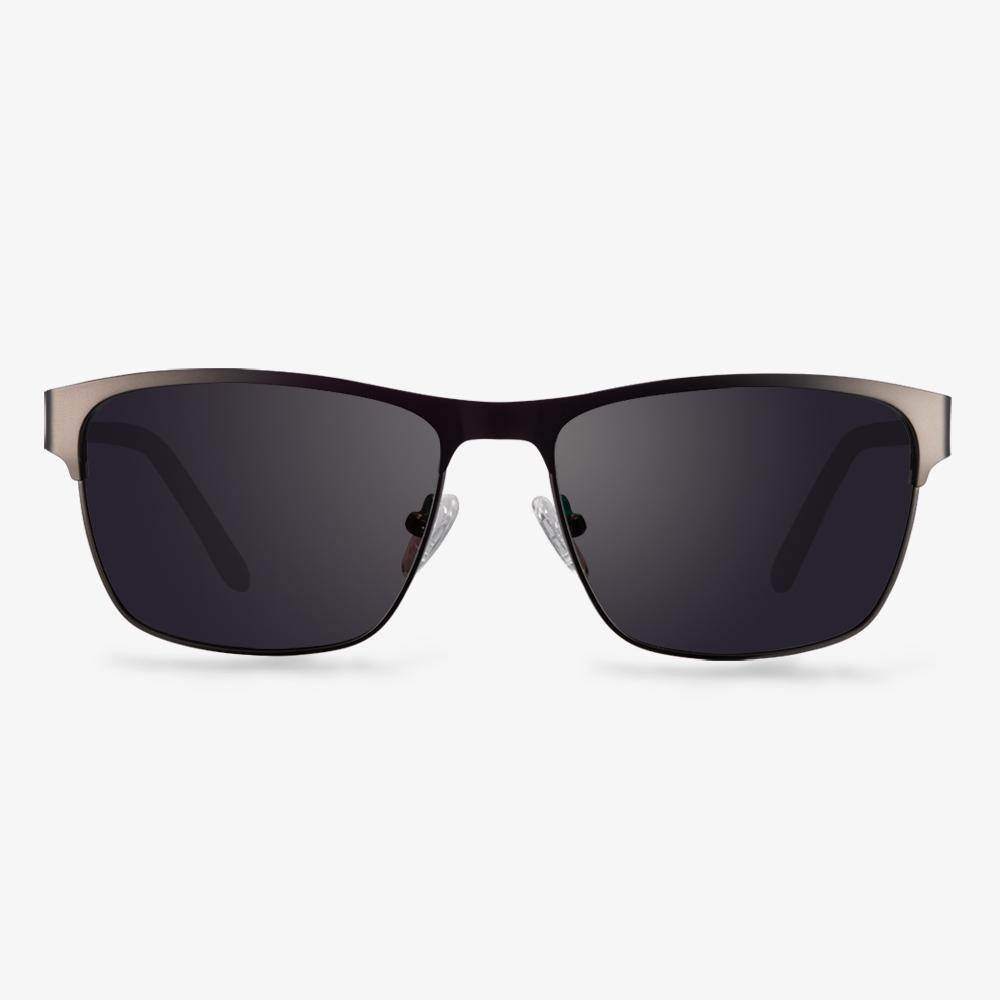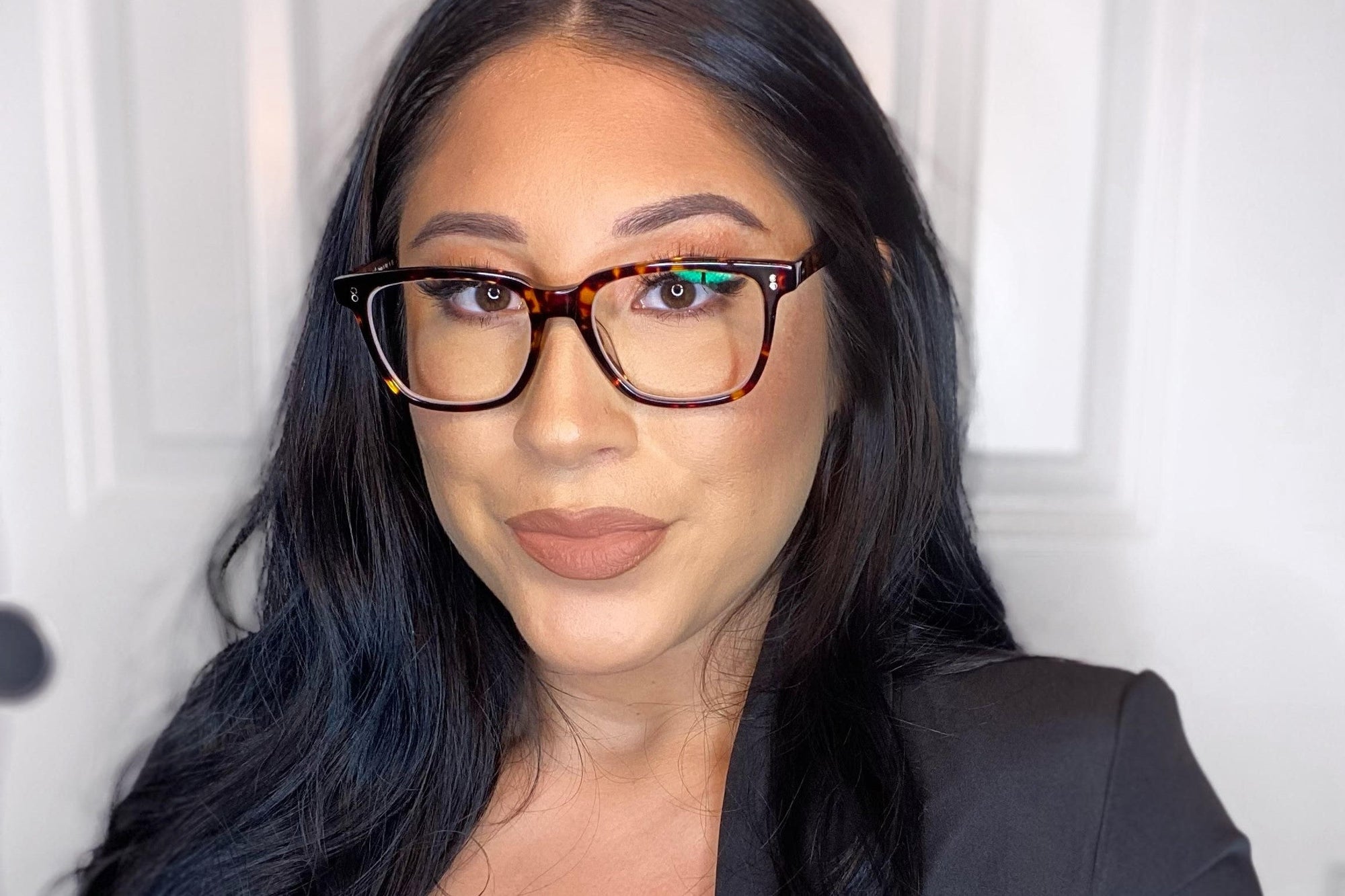Different Types of Progressive Lenses
The first progressive lenses we want to introduce are computer progressive lenses, which are designed for clear vision in office settings. These lenses are ideal when using a computer for over 4 hours a day and help to reduce eye strain.
Computer progressive lenses are intended for indoor use and should not be worn over your regular glasses. The drawback to this is it requires you to have two separate pairs of eyeglasses.
EyeBuyDirect Jungle
Wooden frames are becoming more and more popular. As a material, wood is lighter, and it provides warmth, both in appearance and on the skin. These frames stand out in a relaxed, natural way. They have dark stripes, black temple tips, and spring hinges.
American Eyewear Brand - Lenses For Less
Lenses For Less has completed over 100,000 orders around the world since 1998. Commitment is to provide convenient and accurate service for your customers. They promise to provide you with the same contact lenses you get from your doctor's office. Unlike other contact lens sites, they never add hidden processing fees. With them, what you see is what you get. All orders can be shipped free of charge, with no minimum shipping and no hidden shipping.
How to Choose Glasses for Big Heads?
In this section, we will show you how to choose an eyeglasses frame for large heads. If you do not know how to choose, keep on your reading to find some solutions.
Rectangular frames: Rectangular frames add angle and can slim down the appearance of a larger head. So, if you have a big head, try the rectangular frames glasses.
Oversized frames: if you have a big head, the oversized frames would be a good choice. Oversized glasses will balance out your larger features.
Wayfarer frames: whether your style is retro or geek chic, you will find a perfect fit in trapezoidal wayfarer. The thick angular frames offset rounder cheeks and draw attention down from the forehead. So, if you have a large head, try this style.
When choosing glasses for large heads, you should also find the right shape and color for your signature look and style. While there are a lot of glasses styles for big heads, you should consider glasses with long enough temple length, the length between the hinge of your frames and where they bend around the ear. This measurement is critical for overall comfort, especially on your temples and near your ears.
So, from the above information, you have learned how to choose glasses for big heads.
Prepare a few pairs of glasses
Many people now have a 'reserve' of glasses. For example, you can choose two pairs of glasses. One pair is for daily use, and the style should be relatively simple and traditional. The other pair is for use at gatherings or weekends and can be as cool as you want. The more conservative style is a thin and bright metal frame that matches the shape of your face. For the other pair, you can choose a flat plastic frame or a shiny polished metal frame with a unique shape.
Why do people like wearing rimless glasses?
Suitable for a Variety of Face Shapes. The rimless glasses can perfectly present the lens without the wrapping of the frame, hence, they are very ornamental. Rimless glasses work on all face shapes, even if you have a heart-shaped face, a round face, a square face, or the enviable oval face. Compared with thick-rimmed glasses, rimless glasses do not cover too much face shape and can show the wearer's style and temperament. People with small faces will have a better wearing effect.
Step-by-Step Glasses Size Guide
In this section, we will show you how to perform glasses measurements. But the first thing is to know what face shape you have. If you do not know, click here to have a check.
Then you need to know where to find the size measurement of your glasses. In general, you will find numbers that look like this 51-17-145 at the temples of your eyeglasses. Of course, these numbers come at different meanings.
The first number often refers to the lens width. Lens width is the horizontal diameter of the lens at its widest point. In optometry, another term is eye size.
The second number often means the bridge width. Bridge width is the part that joins the two lenses and sits over the nose. Some refer to this as the gap. The bridge width varies between 14 and 24 millimeters.
The third number often means the temple length. The temple is the arm that keeps the sunglasses on your face. That arm extends to the part that hangs on the ears. The length is usually 135, 140, or 145 millimeters.
Lens height measures the size of the lens vertically, that is from the top to the bottom of the lens. Although sizes may differ depending on the brand, the standard size is somewhere between 32 and 38 millimeters.











































